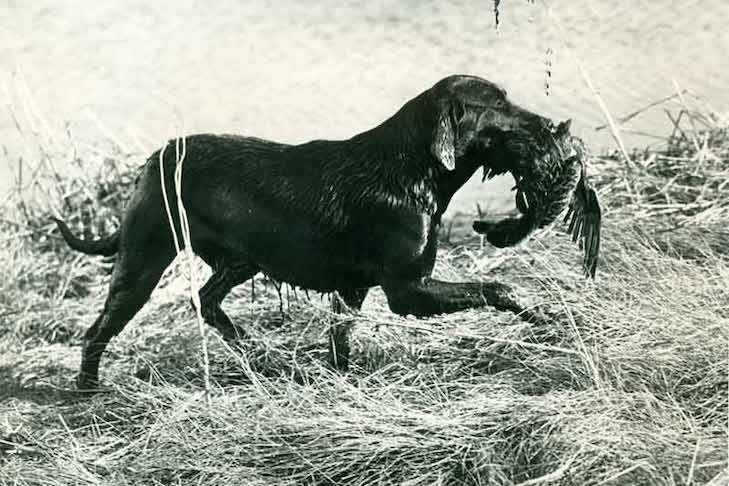
Representative Image.
It has been found out that the ancient rock art in the limestone caves of southern Sulawesi in Indonesia is getting degraded by climate change.
Climate change has not only severely impacted the environment but has also taken a toll on the world’s oldest human heritage.
“Buy Organic Products Online at best prices at http://www.getgreen.co.in “.
As per Nature’s Scientific Reports, it has been found out that the ancient rock art in the limestone caves of southern Sulawesi in Indonesia is getting degraded by climate change.
The rock painting dates back to the Pleistocene era between 45,000 to 20,000 years ago.
A team of conservative specialists, archaeological scientists and heritage managers from both Australia and Indonesia have examined around 11 rock shelters and caves located in Sulawesi’s Maros-Pangkep region.
The hand stencil art depicting people, symbols and animals on the walls of the caves is believed to be 40,000 years ago.
The artwork has been created by pressing a hand against the walls and then spraying wet mulberry pigment over the imprints. But now, these paintings have been flaking off the walls.
Read Also : The effects of climate change on cyclone Tauktae in the Arabian Sea
Researchers have found the presence of calcium sulphate and sodium chloride on the surface of the walls. These compounds form crystals on the surface and thereby cause the layer of the rock to peel off.
Along with temperature change, frequent alteration in humidity is also deemed as one of the causes of degradation. As the surface of walls alternately gets dry and wet, it results in the formation of salt crystals which further decays the artwork made of pigments.
The study states that the process of deterioration has accelerated due to numerous natural disasters the country has faced in recent times. The findings suggest that over the last 40 years, erosion has rapidly accelerated due to human-caused climate change.
The rising frequency and severity of the droughts caused by the climate cycle and moisture build-up from monsoon rains provide the ideal conditions for evaporation, salt formation and ultimately weathering of cave surfaces which hold the ancient art.
Through further explorations, as many as 300 cave paintings have been discovered. The researchers have suggested regular monitoring – both physical and chemical to save the prehistoric cultural heritage.
Read Also : Huge volcanic eruption didn’t cause climate change and mass extinction 140 million years ago
NOTE – This article was originally published in News18 and can be viewed here
Tags: #climate, #climateaction, #climatechange, #climatechangeisreal, #climatecrisis, #earth, #ecofriendly, #environment, #getgreengetgrowing, #globalwarming, #gngagritech, #gogreen, #greenstories, #nature, #savetheplanet, #sustainability, #sustainable, #zerowaste






